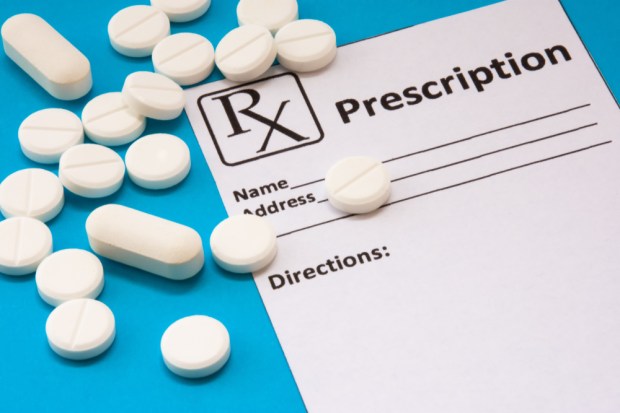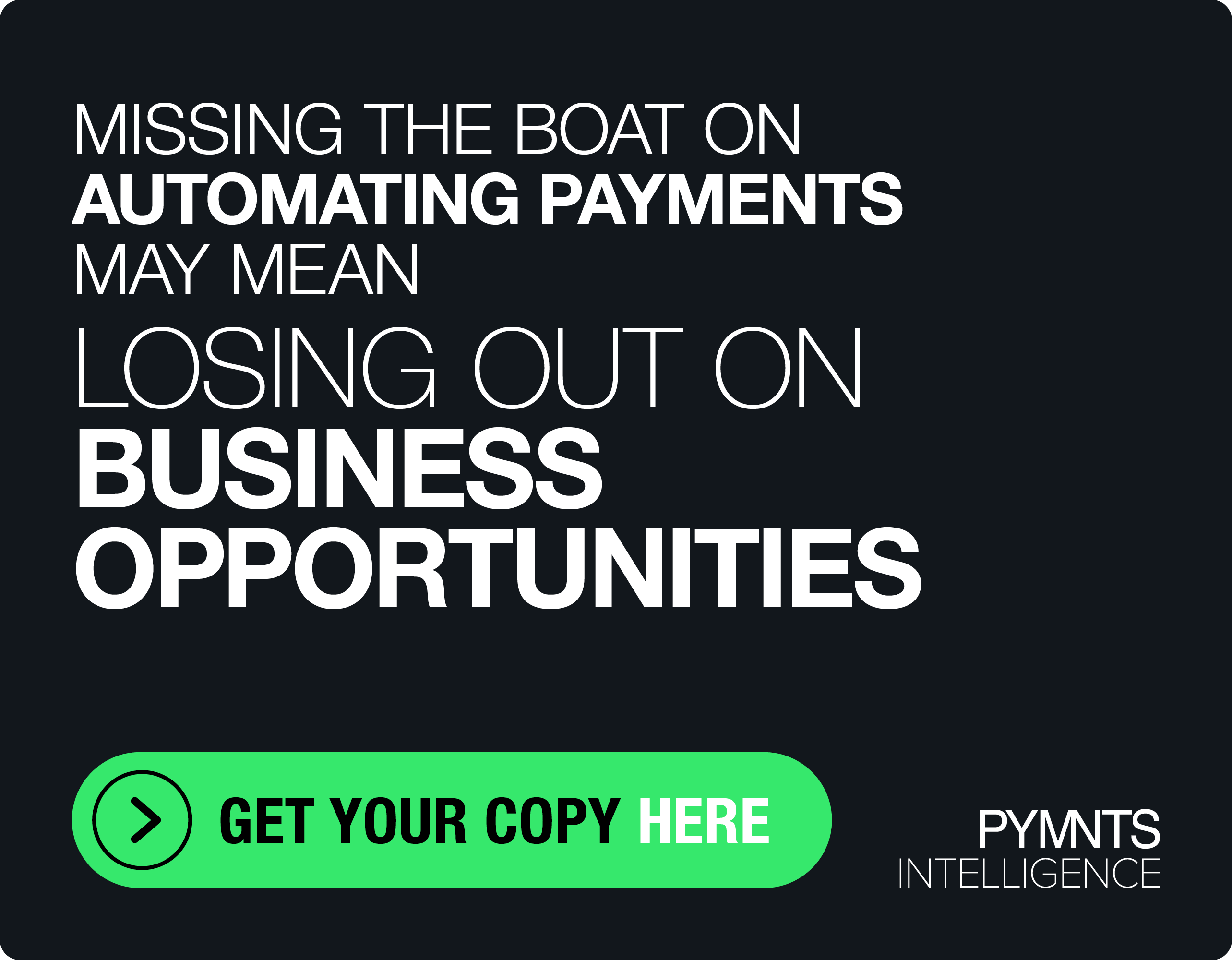Can Click-And-Collect Innovate Pharmacy’s Last Mile?

The last mile of prescription refills remains a frustrating, friction-filled experience. Pharmacy apps make the act of refilling a breeze. Text prompts offer reminders that prescriptions are ready. At that point, the slick user experience quickly unravels.
The quick trip to the pharmacy becomes a patience-testing wait in a long line behind that one customer who requires an entire pharmacological education on the dozen or so medications they are there to pick up that day. While everyone may feel like they are the only person to whom this ever happens, Bell and Howell (BH) VP and GM of eCommerce Click-And-Collect Solutions Christopher Hill told PYMNTs in a recent conversation that this particularly bad retail experience is more a norm than an exception.
The average wait time among the pharmacy merchants with which Bell and Howell works, he noted, is 12 minutes per customer — more than enough time to cause some flared tempers.
“What happens as people are waiting in line, and watching the clock and getting more frustrated, is they decide to start saving time in the wrong ways. They either leave without picking up their prescription or they take it and run without asking any questions of the pharmacist, even if they actually should,” he said.
Medical non-compliance is a major issue in the U.S. healthcare market. According to the National Association of Chain Drug Stores (NACDS), as much as 30 percent of prescriptions are never filled, 75 percent of patients don’t take medications in ways fully in line with physician recommendations and 50 percent of patients prescribed for chronic diseases don’t take their medications properly. The result is 125,000 deaths and 10 percent of all hospitalizations, accounting for as much as $289 billion in additional — yet, totally preventable — healthcare costs every year.
Bell and Howell does believe that many of these issues in medication compliance and correct use could be solved with the power of buy-online, pickup-in-store (BOPIS) capacity, wedded to the types of automated kiosk and locker solutions it specializes in building. However, Hill noted that the company understood early on that the products for pharmacy couldn’t quite be the same as the offerings in general retail.
“We looked at it differently than we have for the other solutions we offer,” he explained. “The focus was, as always, on decreasing the wait time — but, in pharmacy, we are also building to allow for an increase in the time for a pharmacist to spend time with the consumer when needed.”
The solution it built — BH QuickRx — will be getting its first public introduction at the NRF 2019: Retail’s Big Show in New York next week. BH QuickRx offers turnkey pickup kiosks to bust the lines in physical pharmacies, without requiring those pharmacies to “change the nature of their workflow.”
How It Works
BH QuickRx is, in many ways, quite similar to the other automated pickup kiosks and towers that Bell and Howell has brought to retailers nationwide, like Walmart. The consumer gets a text or in-app notification from their pharmacy (depending on how the system is configured), alerting them that their prescription is ready for pickup, then heads to the kiosk in-store, swipes a payment method and takes their item.
Of course, picking up a prescription is a little more complex than grabbing a coffee from Starbucks. Insurance plays a big part in what a customer pays, and authentication is critical for both making sure the right customer is using the right insurance card and making sure the right person is getting their hands on the right medication.
“This is especially important when one is looking at controlled substances like pain killers,” Hill said.
That means the kiosks can capture other types of data via state ID information, insurance cards and payment cards. Moreover, he noted, the kiosks can be configured with additional steps or instructions in a bespoke matter for each kiosk entry if additional steps need to be created in the process.
For example, this can be done if the pharmacist needs to give the customer special use instructions before they can take their medication and go. In another case, if the customer is at the kiosk after hours, the kiosks come with built-in telemedicine technology so they can video conference with a pharmacist on duty somewhere, 24 hours a day, seven days a week.
Moreover, the kiosks can be integrated with pharmacy mobile apps. So, if merchants want to authenticate customers’ insurance and ID cards, they can configure their kiosks to simply scan and go from the barcode or QR code issued in-app. The entire authentication step can happen by using the app itself, saving consumers the trouble of having to show their insurance cards and IDs every time they use a pharmacy kiosk.
It saves customers time because those who really don’t need special attention can just do the scan and go, and wrap up their pharmacy errand in a minute or two, while the customers who need more customized attention can still be alerted and dealt with directly and personally.
“And because this is all automated away,” he said, “it won’t disrupt the workflow of what the pharmacist has today. They are doing exactly the same thing, except they are now taking the prescription and playing it [on] our station, and keeping it there until the customer picks it up.”
Moreover, the kiosk itself never sees any protected or sensitive customer data. The kiosk doesn’t know what it has inside — that information remains in the pharmacies’ systems that connect with the kiosk, but don’t share information with it.
“The kiosk knows what conditions have to be met to release what it is holding out of the machine (a barcode has to be scanned or a pharmacists code is needed), but it doesn’t know any information about what is in the box or who it is for,” Hill explained.
The Automated Omnichannel Future
Pharmacy is a ripe target for automated omnicommerce upgrades, Hill said, because the waiting and retrieval process can be so onerous so much of the time. However, more broadly, BH is seeing interest in this type of technology from many retail segments because, nearly two decades into the digital revolution, it is becoming clear that self-service pickup is something customers want to access.
“The retail apocalypse people were worried about hasn’t quite come to fruition, but what we are seeing is a totally new evolution in how retail is engaging with their customers,” he explained.
That’s because those customers have been trained to — first, last and always — hunt convenience in commerce, particularly by the eCommerce experience that offered “the ultimate in convenience: the package delivered to your front door,” he added.
However, that front door delivery isn’t always an option. People aren’t always home and porch pirates exist, and sometimes one needs it a bit faster than it can be delivered reasonably.
“What we are seeing, though, in stores all over, and across all kinds of sizes and retail segments, is that just offering customers the ability to self-determine exactly when and how they are going to get it in a store, that is a close second when it comes [to] convenience. And I think you are going to find a lot more firms trying to find ways to offer up that kind of self-determined omnichannel shopping journey,” he said.
